HOW DOES DESIGN INFLUENCE THE MODERN WORLD?
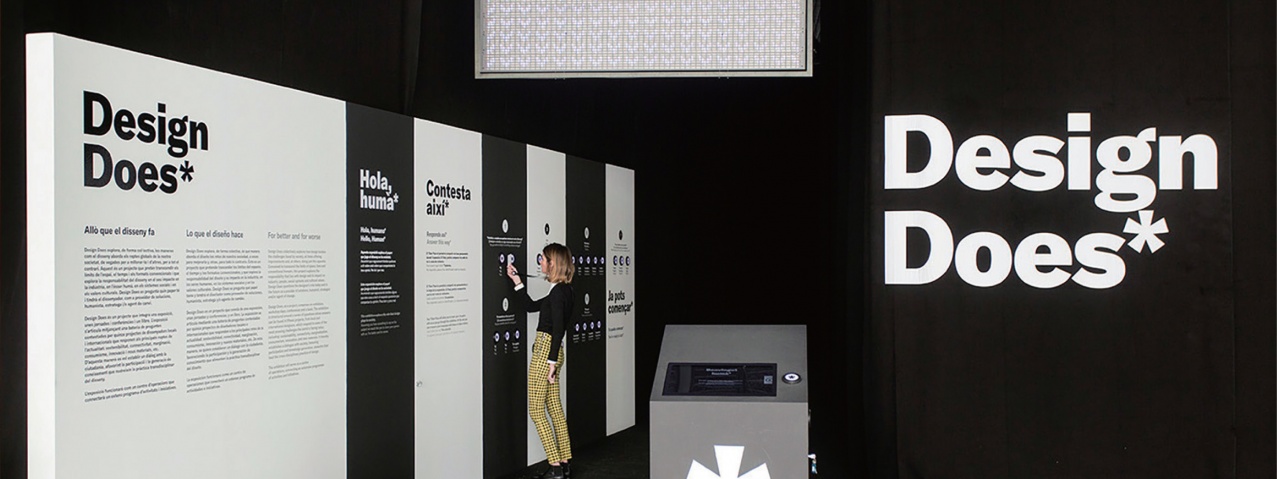
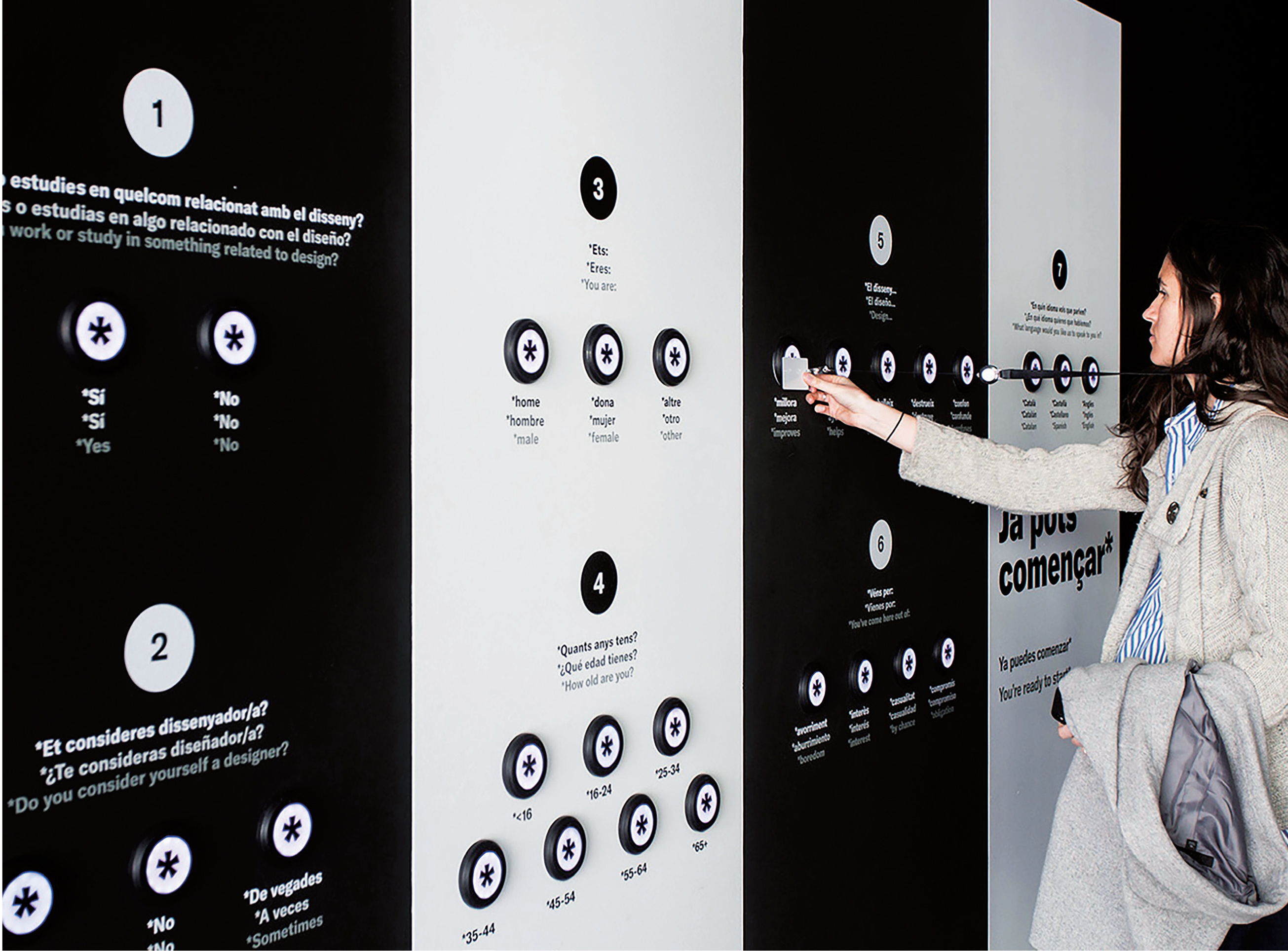
|
The exhibition “Design Does* - For Better and For Worse” presents a series of international designers’ interactive projects. The definition of design can be very elusive as it has different meanings in different contexts, and continues to evolve and adopt new meanings as time progresses. However, one can understand design as an agent of change - at times solution-oriented facilitating a need or purpose, at times artistic and conveys the abstract and expressive message of creators, and at times a combination of both forms. American inventor and entrepreneur Steve Jobs once said, “Design is not just what it looks like and feels like. Design is how it works.” No doubt many great designs in history have helped mankind transcend into the modern world on both a practical and emotional level, with a profound impact on our daily lives and the society. Design should ideally be enlightening and in the service of a better life. Unfortunately, that may not always be the case as everything can be a double-edged sword, even the best- intentioned design projects may occasionally have unforeseeable adverse effects. To help better understand the roles designs play in today's society and the effects which they may have, the Hong Kong Design Institute (HKDI) and the Hong Kong Institute of Vocational Education (IVE) (Lee Wai Lee), member institutions of the Vocational Training Council (VTC) plan to bring the exhibition entitled “Design Does* - For Better and For Worse” to Asia for the first time in 2020, in collaboration with ELISAVA Barcelona School of Design and Engineering, the Design Museum of Barcelona and Domestic Data Streamers, a Barcelona creative office with the mission to tackle challenges society faces with data, storytelling and arts. It should be noted that the exhibition does not aim to provide a clear definition for Design, but rather to examine the influence of Design on our communities, behaviours and lifestyles, and to question the roles designers play and will be playing as humanist and strategic solution providers. “Design Does*” revolves around questions related to topical issues and future challenges including sustainability, ethics, connectivity, marginalisation, consumerism, innovation, new materials and disadvantaged groups. The exhibition provides insights with a series of projects developed by international designers.
|
Inspired by the question “Can we live without plastic?”, Ooho!, a flexible, edible and biodegradable packaging designed by the English sustainable design startup Notpla, deep-dives into how Design has contributed to plastic’s negative impact on the environment and how Design can also help eradicate its use. For “What came first, flags or identity?”, Yara Said collaborated with The Refugee Nation and Amnesty International to create a symbolic nation through designing The Refugee Nation Flag in the context of the Rio 2016 Olympics, which helps to raise awareness concerning the refugee situation. In asking “Do all cultures consume in the same way?”, Love me tinder by Domestic Data Streamers delves into how customers will learn to adapt a single-design product to satisfy their own needs, reflecting that an object or service’s possible uses are flexible and often beyond the intentions of the designer. To investigate “Where do things come from?”, Christien Meindertsma published a book after 3 years of research, with a total of 185 products derived from Pig 05049. Some of them are shown at their true scale in the exhibition. Design can thereby serve to make industrial processes more transparent and help us better understand the origins of what we consume. “Design Does*” aims to transcend the limits of space, time and conventional formats while exploring the responsibilities design has in its impact on industries, human, social systems and cultural values. One of the highlights is the live manifesto showing the world’s updated status. The exhibition progresses from the usual monologue format structure of exhibitions, and instead seeks to generate a dialogue with the public by encouraging participation and content creation from its visitors. Through a system of real-time data collection and display, visitors can interact with various items and share their sensations and opinions, the exhibition will then transform and evolve each day taking into account these contributions. All in all, the exhibition brings the general public a more dynamic vision of Design, and presents an interactive exploration of how design tackles the global challenges of our society, offering insights to sustainable solutions for building a brighter future. It conveys the message that everyone of us is responsible for shaping the world with decisions we make, for better and for worse.
|
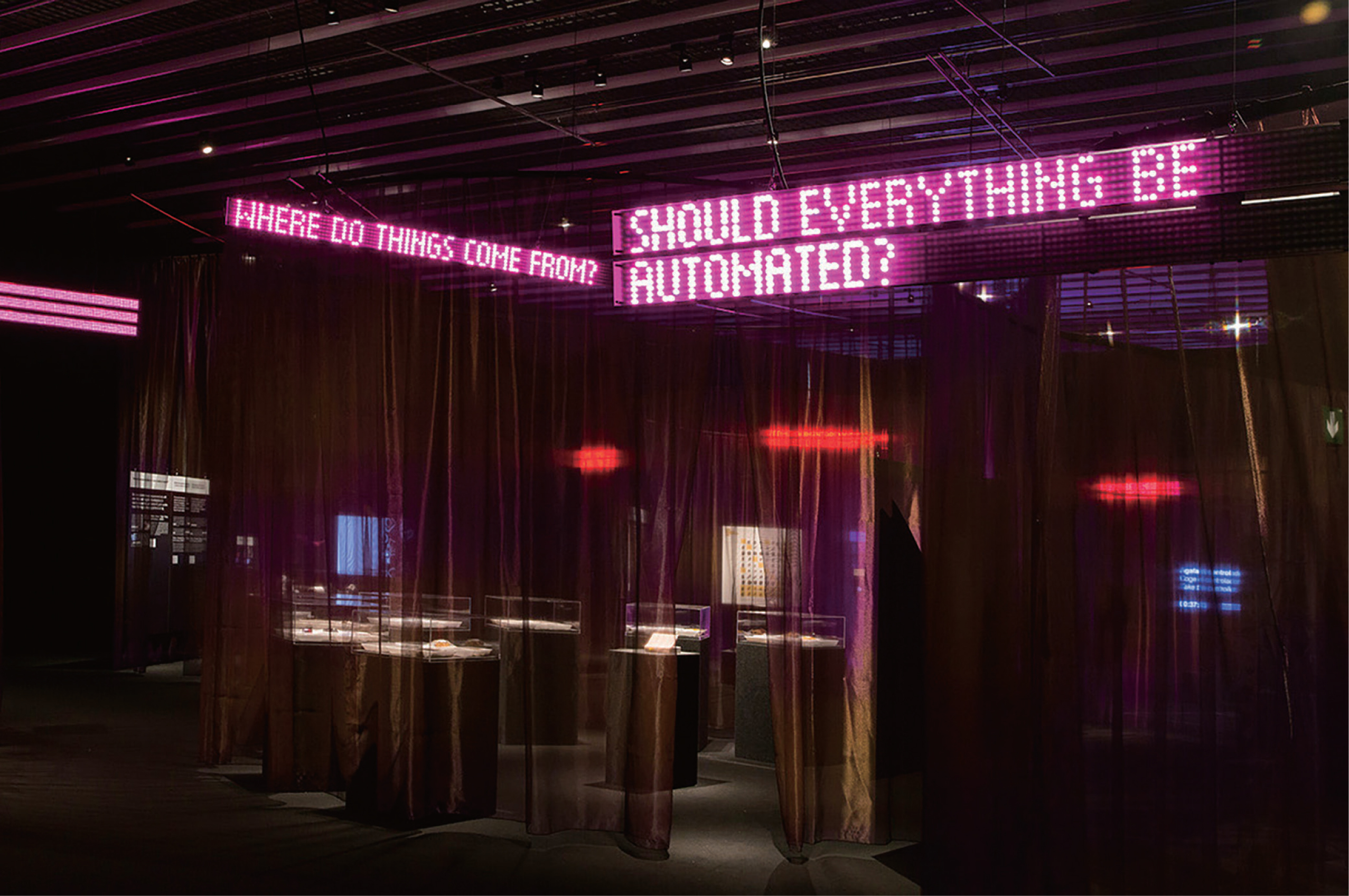
|
Others
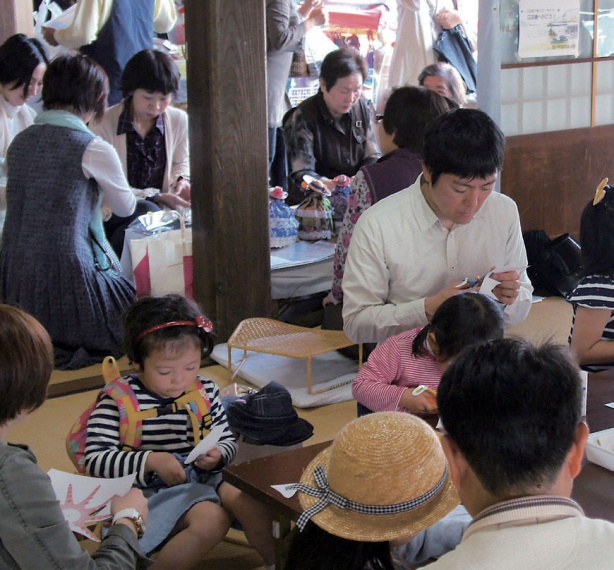
Latest News | 1 December 2019
The Future is Human-Centred Design
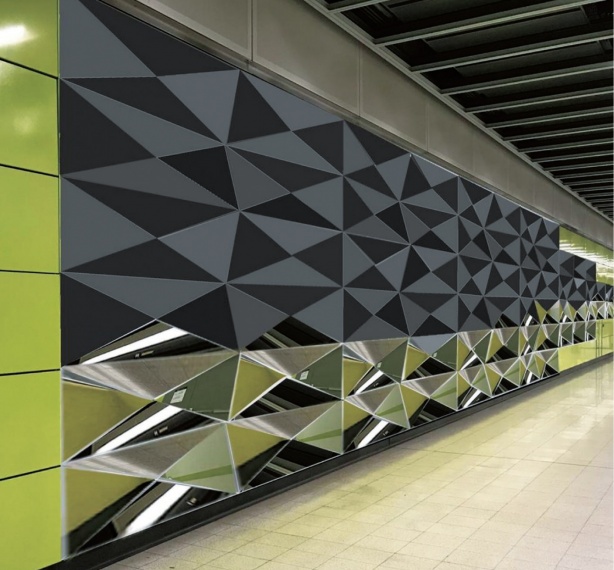
Latest News | 1 December 2019
HKDI x Art in MTR — “TKL_WE_IMAGINED” Exhibition

Latest News | 1 December 2019
Students from HKDI and MMU Joined the Global Design Camp
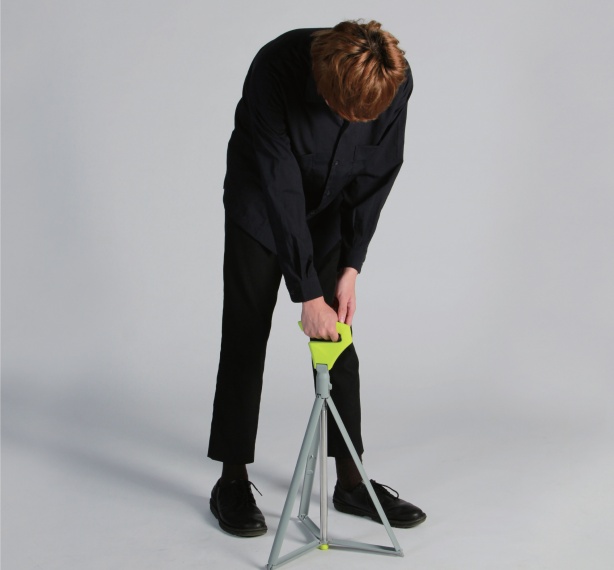
Latest News | 1 December 2019
DESIGN STUDENTS’ JOURNEY TO THE WORLD

Latest News | 1 December 2019
CREATING CITIZEN DESIGNERS

Latest News | 1 December 2019
COMMUNITY DESIGN IN JAPAN
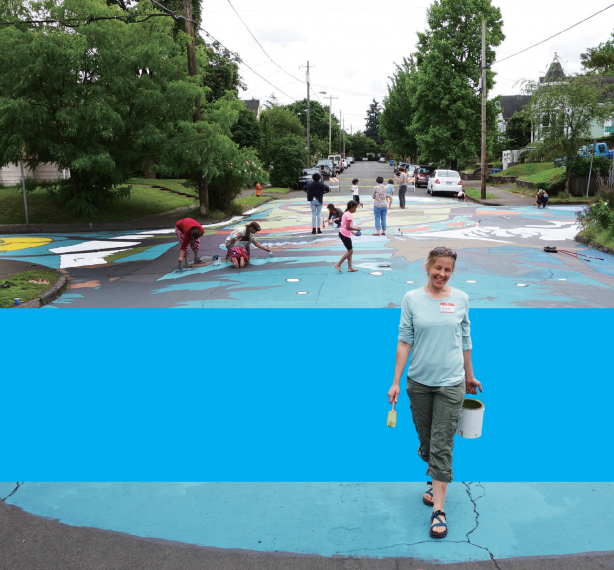
Latest News | 1 December 2019
CITY REPAIR — DESIGNING NEIGHBOURLY RELATIONS

Latest News | 1 December 2019
SOCIAL DESIGN X TECHNOLOGY — THE WAAG SOCIAL TECHNOLOGY ECOSYSTEM

Latest News | 1 December 2019
SOCIAL DESIGN — CREATING POSITIVE RELATIONSHIPS
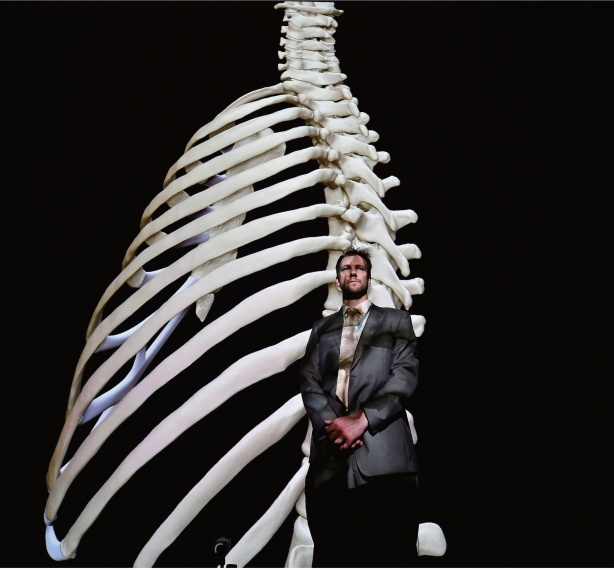
Latest News | 1 December 2019
Interview: Paul Chapman : Virtual Reality as a Tool to Integrate Sciences, Arts, and Technology
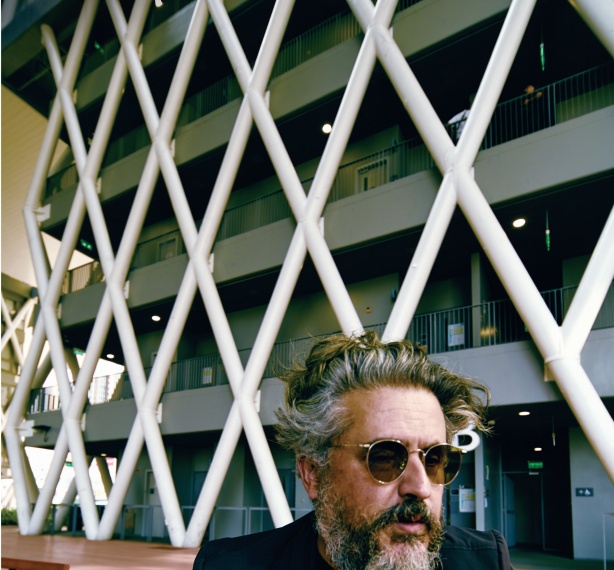
Latest News | 1 December 2019
Interview : Hernan Diaz Alonso : Embracing Multiplicity and Disorder in Today’s Architecture and design
